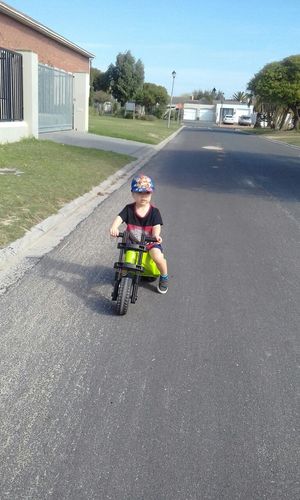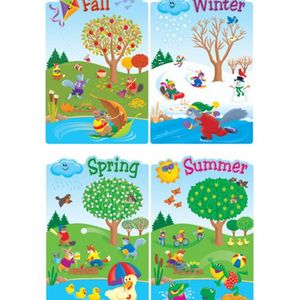
I can/can't ride a bike for intermediate students.
레슨 상세 내용
In this lesson, I have used abilities all young kids possess to explain the difference between being able to do something and not being able to do something in a Grammar lesson.
For example:
- I can ride a bike because I am big. (positive)
- I can't ride a bike because I am too small. (negative)
A Grammar lesson for young kids can be challenging, so in order to keep it uplifting, I have included various fun activities for the kids to do to keep them involved.
We address grammar key points and pronunciation of words and the student engages in conversations relating to things they can and can't do in their daily lives.
The student is encouraged to express the new language learned in conversation, based on their ability or inability in everyday life, thus allowing them the opportunity to freely express these experiences. This also enables me to monitor their progress and take notes on any key elements that may need to be addressed.
For example:
- I can ride a bike because I am big. (positive)
- I can't ride a bike because I am too small. (negative)
A Grammar lesson for young kids can be challenging, so in order to keep it uplifting, I have included various fun activities for the kids to do to keep them involved.
We address grammar key points and pronunciation of words and the student engages in conversations relating to things they can and can't do in their daily lives.
The student is encouraged to express the new language learned in conversation, based on their ability or inability in everyday life, thus allowing them the opportunity to freely express these experiences. This also enables me to monitor their progress and take notes on any key elements that may need to be addressed.

카페토크의 취소 방침
리퀘스트 확정 전
- 언제든 취소 가능
리퀘스트 확정 후
- 레슨 시작 24시간 전→ 언제든 취소 가능
- 레슨 시작 24시간 이내→ 취소 요금이 발생할 수 있습니다.
-
노쇼→ 취소 요금이 발생할 수 있습니다.
(자세한 사항은 강사에게 문의해 주시기 바랍니다.)
이 강사의 다른 레슨
-
-


Vocabulary Lesson: Adjectives describing Seasons.
The Four Seasons for intermediate students.30분 1,100P
-




